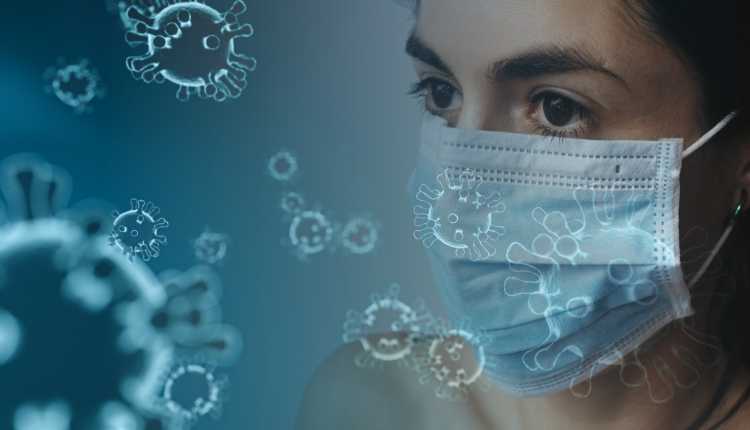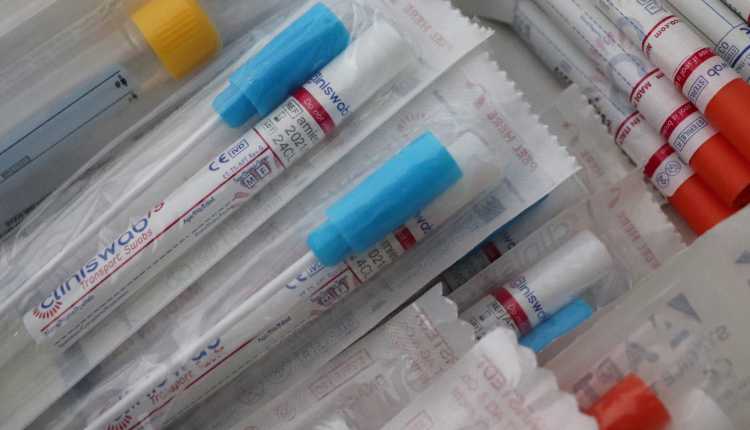The whole world is now well acquainted with COVID 19, a virus that is responsible for the global pandemic. The virus outbreak, which initially rooted in China, has now spread across the globe. The virus was first referred to as 2019-nCOV; nCOV2 and informally called the Wuhan Coronavirus. Now, WHO has officially implemented a name called COVID 19 to avoid stigmatization. COVID 19 virus, a single-stranded RNA virus, is genetically similar to the SARS Coronavirus, MERS, EBOLA virus, which caused a nationwide epidemic back in 2002,2012, and 2014. All SARS, MERS, EBOLA has a much higher fatality rate compared to COVID 19. But what makes COVID 19 distinct is that it is extremely contagious as it could be transmitted even from asymptomatic individuals.
COVID 19:The lethal virus: 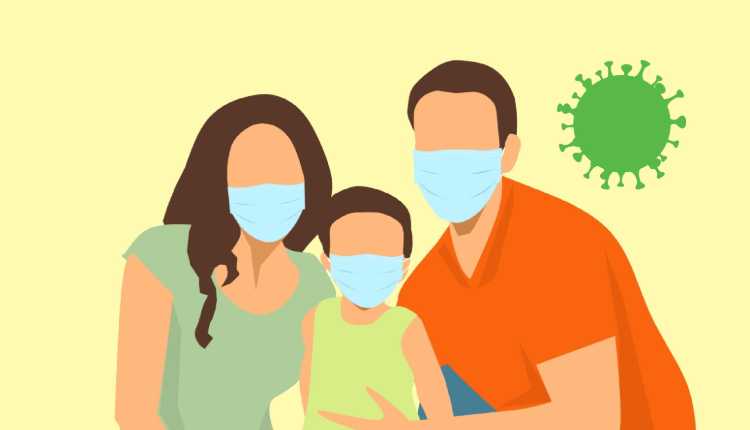
Usually, Coronaviruses and Rhinoviruses are responsible for benign medical conditions like the common cold, flu, etc. COVID 19 belongs to a mutated strain that is more virulent than normal Coronavirus. COVID 19 is reported to have been transferred to humans from Bats via a secondary host allegedly claimed as PANGOLIN. Unfortunately, Panqolins are heavily trafficked around the world markets due to the healing property of its scales, which gives an able opportunity for the virus to spread across the globe.
The transmission curve can be presented as:
BATS-PANGOLIN-HUMAN-HUMAN POPULATION
The Coronavirus is well structured with protein spikes on their surfaces, forming a crown shape. These protein spikes allow the virus to enter and stick on to the cells lining the respiratory tract and lungs, manipulate the cell machinery and make thousands of its copies, and start invading mucus and blood.
The Global Contagion

The symptoms can be mild-moderate-high, depending on the rate of infection. The Coronavirus is transmitted from an infected person to a healthy individual when he/she comes in close contact when they cough, sneeze, or through stool aerosols. It takes an average of 14 days for the symptoms to become visible on the body, but it could also take a long time depending on the body’s capacity to endure the virus. The human body recognizes the foreign pathogens that enter the body and starts to attack the virus by increasing the body temperature, producing factors that fight with the virus. This is the infectious stage where a person starts to manifest symptoms like cough, fever, severe pain as the immune system tries to execute the virus. At this stage, it is highly contagious and can be actively transferred through droplets, aerosols, and secretions.
Typical COVID 19 Symptoms:
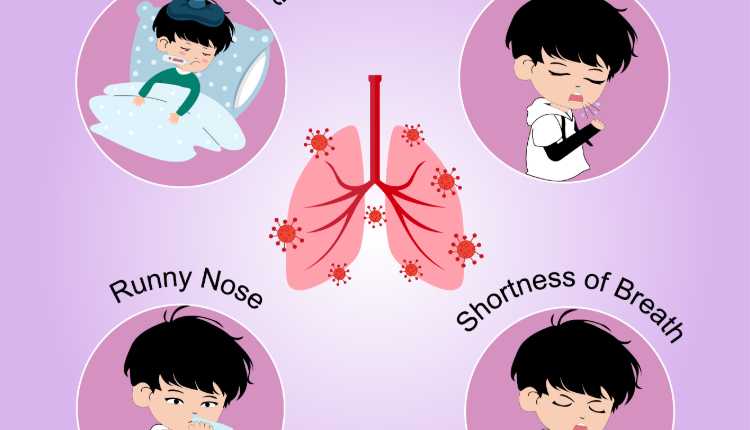
Common symptoms include:
- Dry cough
- Fever (Temperature >37. 6)
- Severe pain (Back pain, joints, headache, muscle aches)
- Diarrhea
- Pneumonia
- ARDS (Acute Respiratory Distress Syndrome)
- Septic shock
Symptoms like conjunctivitis (eye infection), hallucinations, skin rashes, memory loss might also co-occur. In most cases, the body’s immune system successfully fights off the infection. But in severe cases, it could result in ARDS (Acute Respiratory Distress Syndrome) when the lungs are filled up with sticky mucoid fluid (Pneumonia) produced by the body immune response making it difficult to breath causing shortness of breath and septic shock as the organs become deprived of oxygen and the virus starts infecting other tissues. It is noted that the Coronavirus affects significantly to people who are over 60 years old, people with underlying medical conditions (Heart, kidney, liver diseases or asthma),immuno-compromised ( HIV, AIDS, autoimmune diseases), people who are exposed to substantial viral loads and people who get treated too late when the symptoms worse.
TESTS TO RULE OUT COVID 19
The Coronavirus has a unique RNA strand that is specific to the virus, and several studies have been conducted to rule out the genetic sequencing of the virus. There are multiple tests available to rule out COVID 19 in the body. The two terms that signify a successful diagnostic test are SENSITIVITY (People who are actually positive for the virus) and SPECIFICITY (People who are actually negative for the virus). These tests fall into two main groups, one which detects if you are a carrier and the one which detects antibodies to the virus. Both tests are highly useful in determining who could potentially transmit the virus and who had a prior Coronavirus infection and aid in curing others.
The first one is the RT-PCR TEST. It is done by introducing a nasal swab at the back of the nose and taking the mucus sample. In this test, the viral RNA is converted to DNA and replicated into enormous DNA copies and is genetically analyzed with the COVID 19 genetic sequence. If the sample sequence matches with the COVID 19 genetic sequence, the result is positive. PCR testing is by far the most accurate COVID 19 test with 99% sensitivity. The second test is an antibody detection test, which looks for IgM and IgG antibodies, which looks for antibodies produced as the result of infection. Apart from this, CT scans are also widely used to rule out COVID 19 in critically affected nations.
Vaccine and Trial drugs
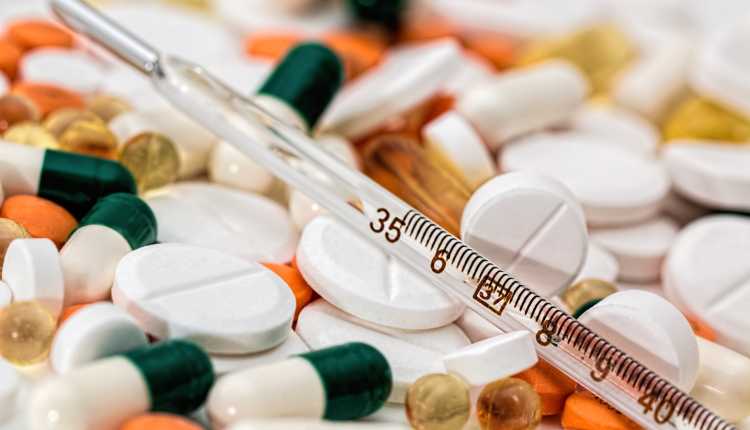
As the development of COVID 19 vaccination is yet under process and no evidence of medicines that could prevent COVID 19 effectively, the global scientific community is investing there, utmost effort in developing a cure since the outbreak has rooted. On the basis of trials and outcome the DCGI has announced the list of trial drugs that showed a positive effect in treating the symptoms of COVID 19 namely anti-viral and retroviral drugs which prevent the viral multiplication, anti-inflammatory drugs which slows down the overactive immune response especially in severely affected patients and antibody treatment where antibodies specific to COVID 19 bind to it and kills. It is reported that the recovery rate has increased to 50% at present.
- Remdesivir, an anti-viral drug used in Ebola treatment, has shown positive outcomes in reducing the viral load, especially during the mild stage and thereby reducing the recovery days.
- Lopinavir and Ritonavir anti-retroviral drugs combination have shown good results in treating severely infected patients with underlying medical conditions etc. All these drugs are strictly taken under the care of a medical supervisor as it could result in hepatic, liver, heart tissue damage as side effects.
- Hydroxy-chloroquine(HCQ), and chloroquine an anti-malarial drug has been recently hyped for its effect on Coronavirus patients. The drug is extensively and effectively used across the globe in decreasing the inflammation triggered by the immune system. Though laboratory studies have shown positive results in treating the COVID 19, it is still not a proven cure. Experts across the globe have proclaimed the need for clinical trials. However, ICMR agreed to use HCQ only in clinical staffs, COVID 19 patients, and who had active contact with the COVID 19 patients under strict supervision as the drug causes cardiac toxicity, visual disturbances, and skin rashes as a side effect.
- Antibacterial drugs like azithromycin, amoxicillin has been used to combat pneumonia caused by the bacterial infection upon showing symptoms.
- At present, the DCGI has approved clinical trials on Favipiravir, an economical drug and on Phyto-pharmaceutical extract(Herbal medicine), to tests its potential in treating COVID 19. Apart from this plasma therapy has also shown promising outcome in curing COVID 19 patients
Effective management of COVID 19:
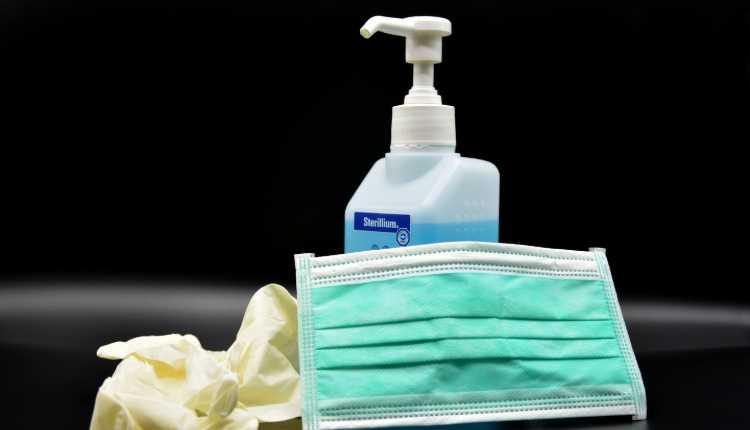
Nations across the world are immensely affected by the impact caused by the Coronavirus. The constructive way to manage the spread of the virus and protect people from getting infected can be rightfully remembered under the mnemonic WUHAN.
- W- wash your hands for 20 secs after going outside.
- U- Use face masks properly (cover your nose and mouth while wearing the mask)
- H- Have your temperature checked
- A-Avoid large crowds as much as possible
- N- Never touch your face with unwashed hands
The government should focus deeply on testing a large number of population. Executing rapid testing, route mapping, contact tracing are the essential ways to curb the spread of viruses within the society.
On the other hand, people who are suspected should self-quarantine at home. People experiencing mild symptoms are recommended to not go outside, contact the healthcare professional for advice, and should strictly restrict themselves from family members. At home, assign one healthy family member to look at you. Use masks and gloves while touching their utensils. Always handle things used by the suspected patient using gloves and wash it with soap, detergent, Sodium hypochlorite solution. Do not leave the house without masks and alcohol-based sanitizer. Don’t remove the mask by touching the front side. Instead, take out the masks from the side and immediately wash the hands.
Eat healthy foods to enrich the immune system. Add vitamin C, turmeric, citrus foods to your diet. Maintain social distancing is an effective way to protect against virus attacks. Go out only if mandatory. Keep a distance of 2 meters while interacting with people. Safeguard against this global pandemic could only be achieved through profound education and the mutual involvement of the common people.

